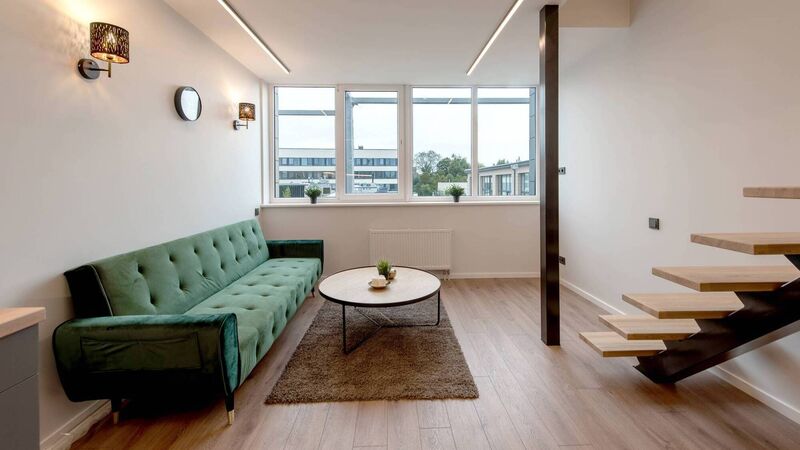Jennifer Sheahan: The top 10 checklist for viewing a house

Walk through the home like you already live there — try to map out your daily activities. File picture
I almost feel silly writing this advice, as if house buyers in Ireland have the luxury of bringing a checklist when viewing houses. With queues often trailing halfway down the street, you’re lucky if you get a few minutes to glance at a house these days before throwing money at it, not to mind thoroughly inspecting it.
OK, I’m exaggerating, but only a bit. And it is worth remembering how easy it is to get caught up in the madness, with the endless queues and bids and traipsing around getting your hopes up only to be outbid again.













